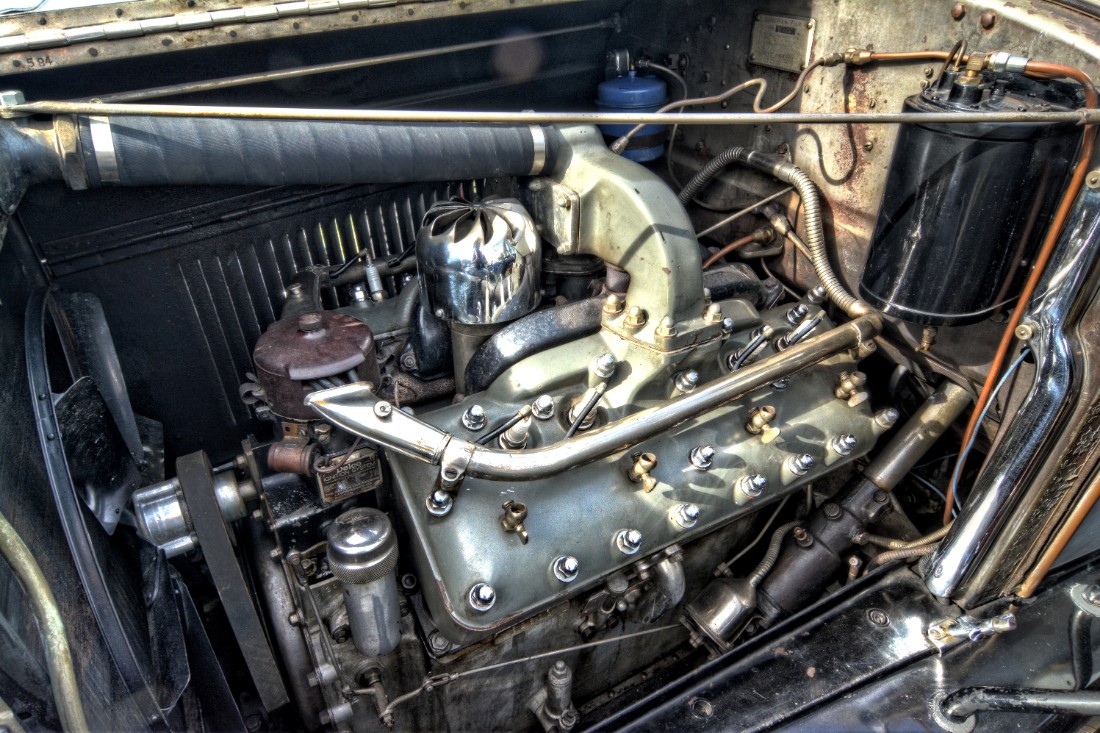
This Lincoln is completely original except for the new top and tires. It has the original paint and some of the original tool, side curtains and luggage.
The body of the car is aluminum and the fenders are steel. The most notable design feature is the dual cowl allowing the rear passengers to be protected. The body was designed by Locke and Company of New York, NY. It features walnut cabinetry with Yale locks and abundant storage. The 60 degree V-8 engine has 384.5 cubic inches and produces 90 horsepower. It rides on a 136” wheelbase, has a three-speed transmission and 4 wheel brakes.
This Lincoln was originally purchased new by Fredrick H. Nash of the Bankers Trust Company in Paris
Taken at the Hilton Head Island Concours d'Elegance & Motoring Festival.
You may purchase a print in our dElegance 2016 online gallery.
The Vintage Automobile Blog Index




